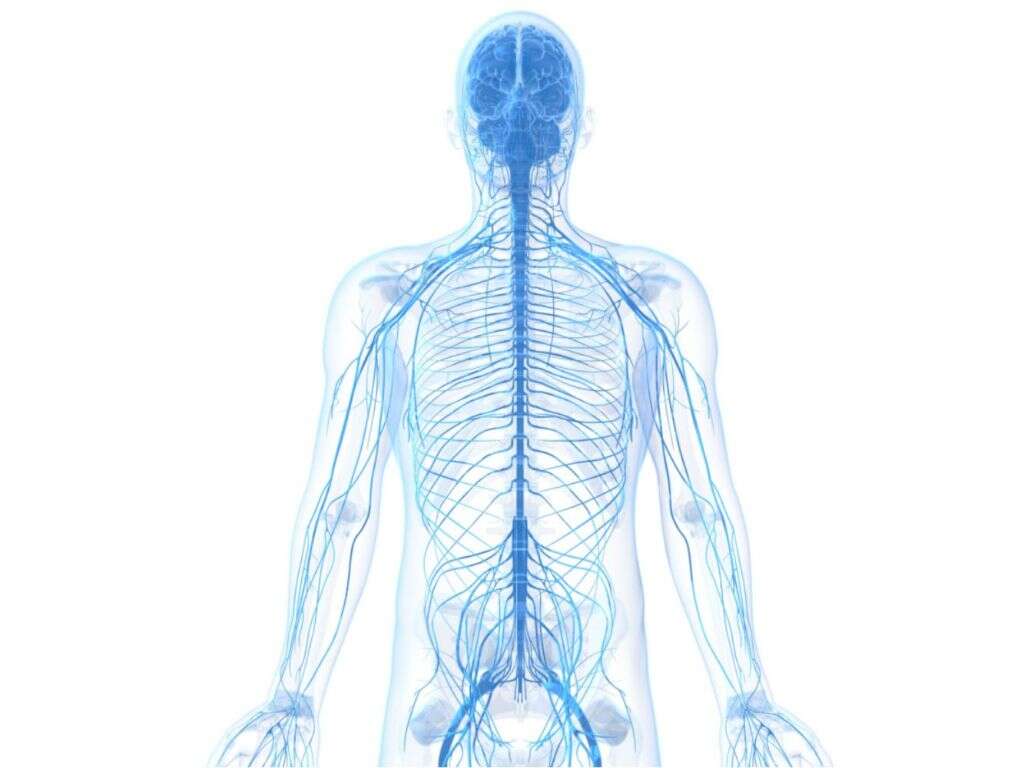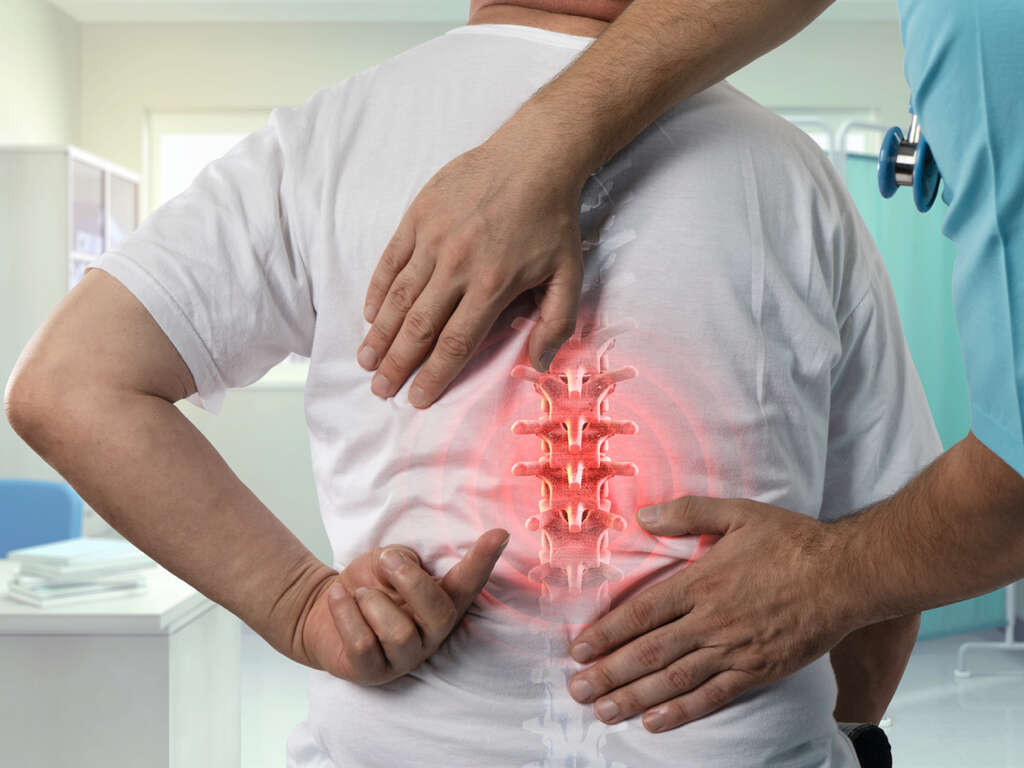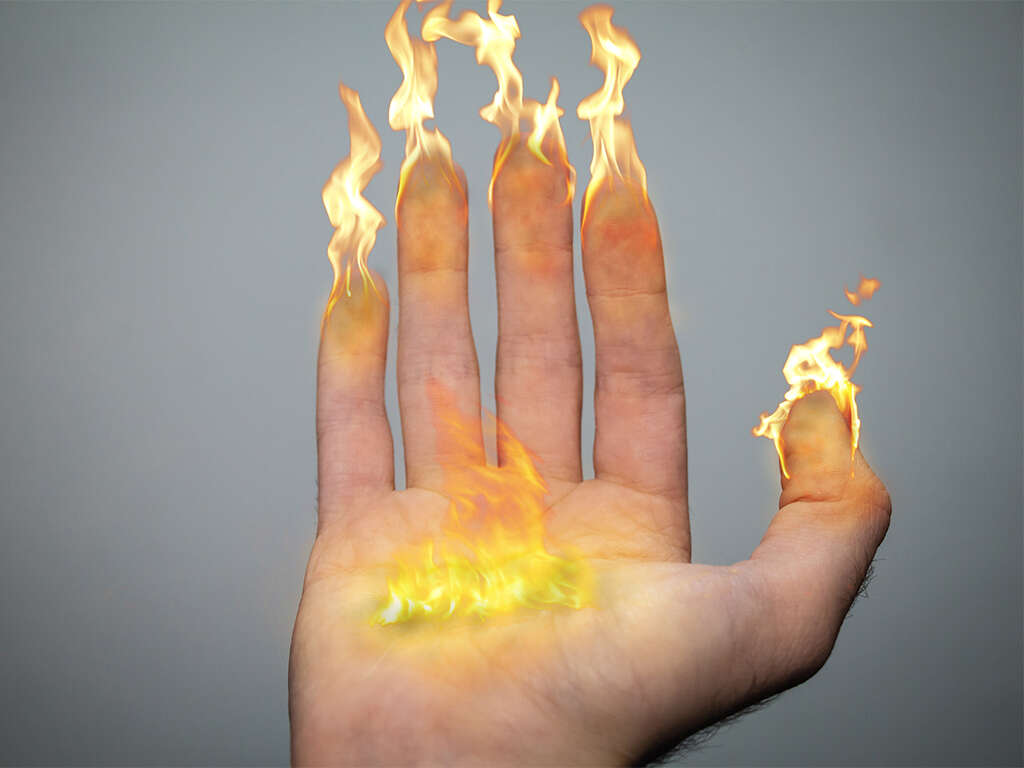What Is Nerve Compression Syndrome?
Nerve compression syndrome affects the peripheral nerves that extend out from the spinal cord to supply nerve signals to all the different parts of the body. It occurs because of pressure on the nerve. Any part of the nerve can become compressed, and symptoms are often localized to the area of compression. However, if the pressure occurs at the nerve roots, symptoms can radiate down the nerve to more distant areas of the body.
Nerve compression syndrome goes by many different terms. You may know it by its colloquial names, such as pinched or trapped nerve. Your doctor may refer to it in more technical terms, such as compression neuropathy or nerve entrapment syndrome. It can range in severity from mild to severe. Relieving the pressure can resolve the symptoms unless nerve damage has taken place.
1. Types
There are many different types of nerve compression syndrome depending on the area of the body where it occurs. In the upper extremity, the condition can affect the median, radial, and ulnar nerves in the hand. Compression of the ulnar nerve at the cubital tunnel causes symptoms that start at the elbow and may radiate down towards the hand. Rarely, nerve compression syndrome can occur in the shoulder due to pressure on the suprascapular nerve.
Sciatica is a common compression syndrome occurring in the lower extremity. Dividing into two branches at the pelvis, with one branch running down each leg, the sciatic nerve is the longest in the entire body. A less common compression syndrome affecting the lower extremity is meralgia paresthetica. This causes symptoms in the outer thigh due to compression of the lateral cutaneous nerve.
2. Prevalence
Some types of nerve compression syndrome occur more frequently than others. In the upper extremity, the most common type is carpal tunnel syndrome, followed by cubital tunnel syndrome. In the general population, carpal tunnel syndrome affects approximately 3% of all people. However, in an industrial setting, that number increases to 15%.
In the lower extremities, sciatica is one of the most common nerve compression syndromes, if not the most common. In a single year, up to 5% of the population may experience sciatica symptoms. Over a lifetime, that figure increases to between 13% to 40% of all people.

3. Symptoms
Symptoms of nerve compression syndrome can vary depending on the type. However, most include changes to sensation in the affected limb. These may take the form of paresthesia, which is a sensation of pins-and-needles or tingling in the area of compression that may radiate down the limb.
Nerve compression syndrome can also cause pain. Some patients describe this as a sensation resembling an electric shock shooting down the arm or leg. Conversely, sometimes the affected limb becomes numb, meaning that there is no paresthesia or pain but no other sensations either.
4. Causes
Compression of the nerve can happen for a number of reasons. It can occur due to an abnormal growth, such as a cyst or a benign tumor, or a degenerative process such as osteoarthritis. Sometimes the cause is an underlying medical condition.
Often, the cause of nerve compression syndrome is a repetitive injury that may result from your job or your hobbies, causing the tissues surrounding the nerve to become inflamed. A traumatic injury may cause swelling or displacement, putting pressure on the nerves in the process.
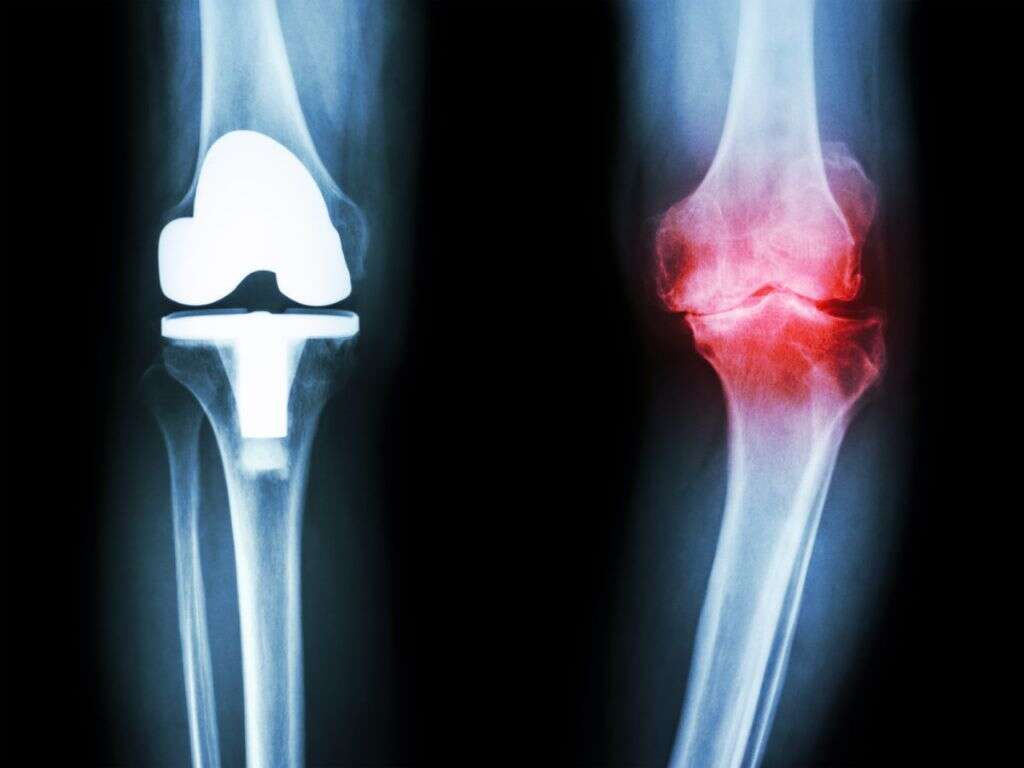
5. Risk Factors
Underlying medical conditions that cause widespread inflammation may put you at risk for nerve compression syndrome. These include diabetes and autoimmune disorders, such as rheumatoid arthritis.
Women in general are more likely to develop nerve compression syndromes, particularly in the carpal tunnel. It is not clear why, but one theory is that the carpal tunnel and similar structures tend to be narrower in women. Pregnant women are particularly at risk for nerve compression syndrome due to weight gain and water retention, which can combine to put excess pressure on the nerves.
6. Diagnosis
A physical examination may be enough to diagnose you with one of the more common forms of nerve compression syndrome, such as carpal tunnel syndrome. However, your doctor may need to order tests to confirm or rule out one of the more obscure syndromes that may be causing your symptoms.
Your muscles function due to the electrical signals that they receive via the nerves. Electromyography can identify nerve damage by measuring the electrical activity of your muscles. This involves inserting a needle into the muscle. A nerve conduction study measures the electrical activity in your nerves by placing electrodes on your skin.
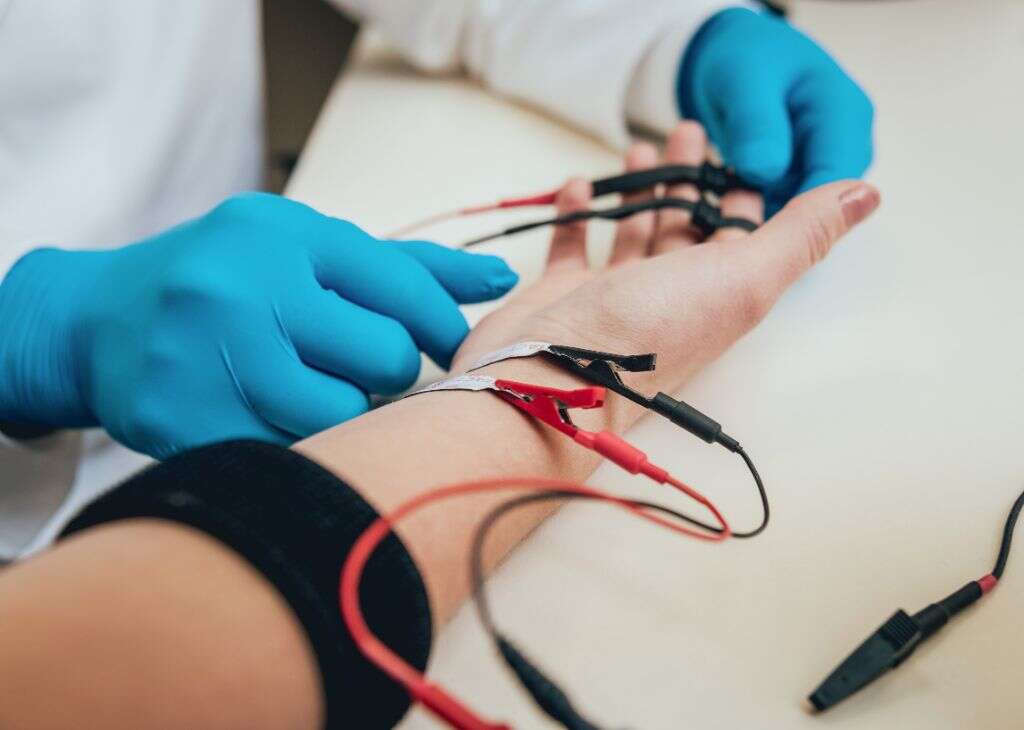
7. Home Remedies
Some types of nerve compression syndrome do not require clinical treatment. They get better on their own with time and only require symptom management and activity modification. Sciatica is an example of a nerve compression syndrome that often improves on its own.
You may be able to improve your symptoms by refraining from the activities that provoke them for a few days until they subside. If this is not possible, it may help to schedule frequent breaks at regular intervals. You may be able to decrease the inflammation in the affected area by applying topical creams or ice to the area.
8. Clinical Treatment
If symptoms do not improve with a few days of rest and other conservative measures, or if they start getting worse, your condition may require medical treatment and you should see a doctor for an evaluation. Your doctor may prescribe medications to reduce inflammation or a brace to relieve pressure on the nerve.
Physical therapy can help relieve symptoms of numbness and pain and improve strength and flexibility. Your doctor or physical therapist may recommend modifications to your work area to improve ergonomics. If all else fails, surgery to relieve the pressure on the nerve may be effective for some types of compression syndrome.

9. Prevention
When the cause of nerve compression syndrome is an underlying medical condition, keeping this condition under control may help to prevent or improve symptoms. Maintaining a healthy weight is helpful because excess weight can put pressure on nerves.
Avoid sitting, standing, or lying in one position for a long period of time. Have an ergonomic evaluation of your workspace to see if you can improve your positioning. Whenever possible, limit the repetitive activities you engage in. If you cannot avoid them, take frequent breaks to give the affected areas a rest.
10. Prognosis
Some types of nerve compression syndrome resolve on their own with a few days of rest. However, if symptoms persist, you should schedule an appointment with a doctor as soon as possible.
Treatment for nerve compression syndrome has the best chance for success if it occurs soon after the onset of symptoms. Delaying treatment can allow nerve damage to occur. This may be permanent and the effects irreversible.



